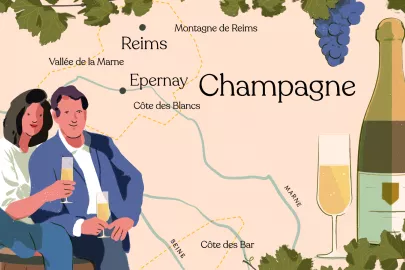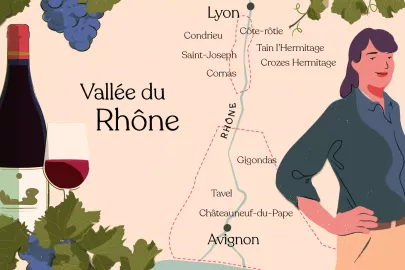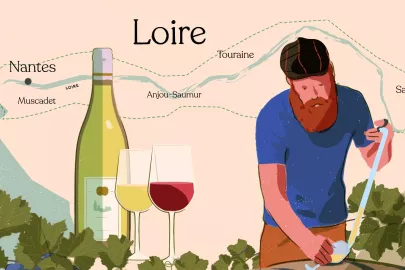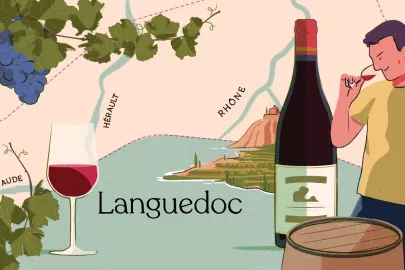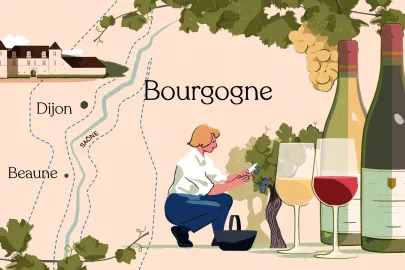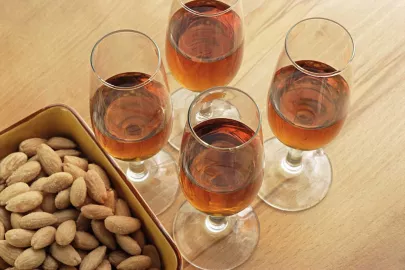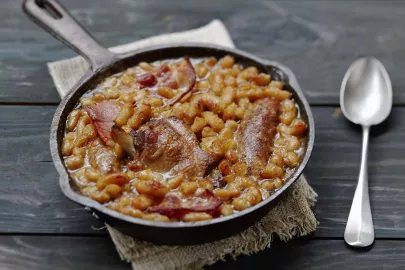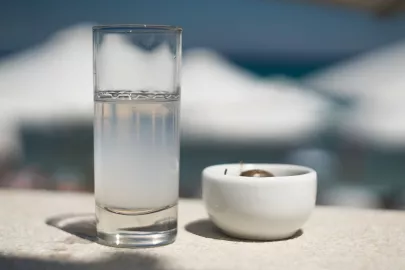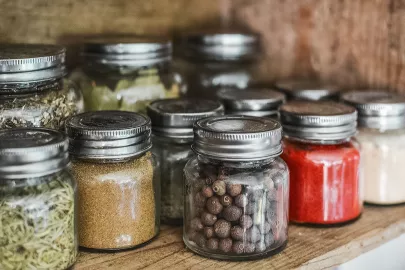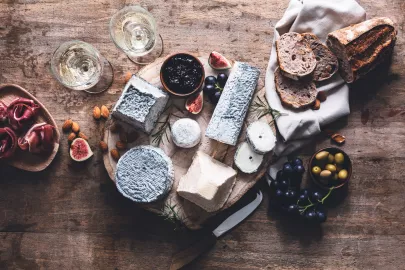Terroirs of Bordeaux: international influence
Mention ‘terroir’ in France, and taste buds start to dance. Like an art of living. Soil, climate, grape varieties and landscapes all influence the nectars. Why? Let's focus on the terroir of Bordeaux, one of the most prestigious in the world.

Are you more left bank or right bank?
When the French talk about wines from Bordeaux, they tease one other, asking: "Are you more left bank or right bank?" This takes us directly to the heart of ‘terroir’. In Bordeaux, it all starts with the Gironde estuary and the two rivers that flow along the 110,000 hectares of vines. With the vineyard on the right bank to the north of the Dordogne and the vineyard on the left bank, south of the Garonne.
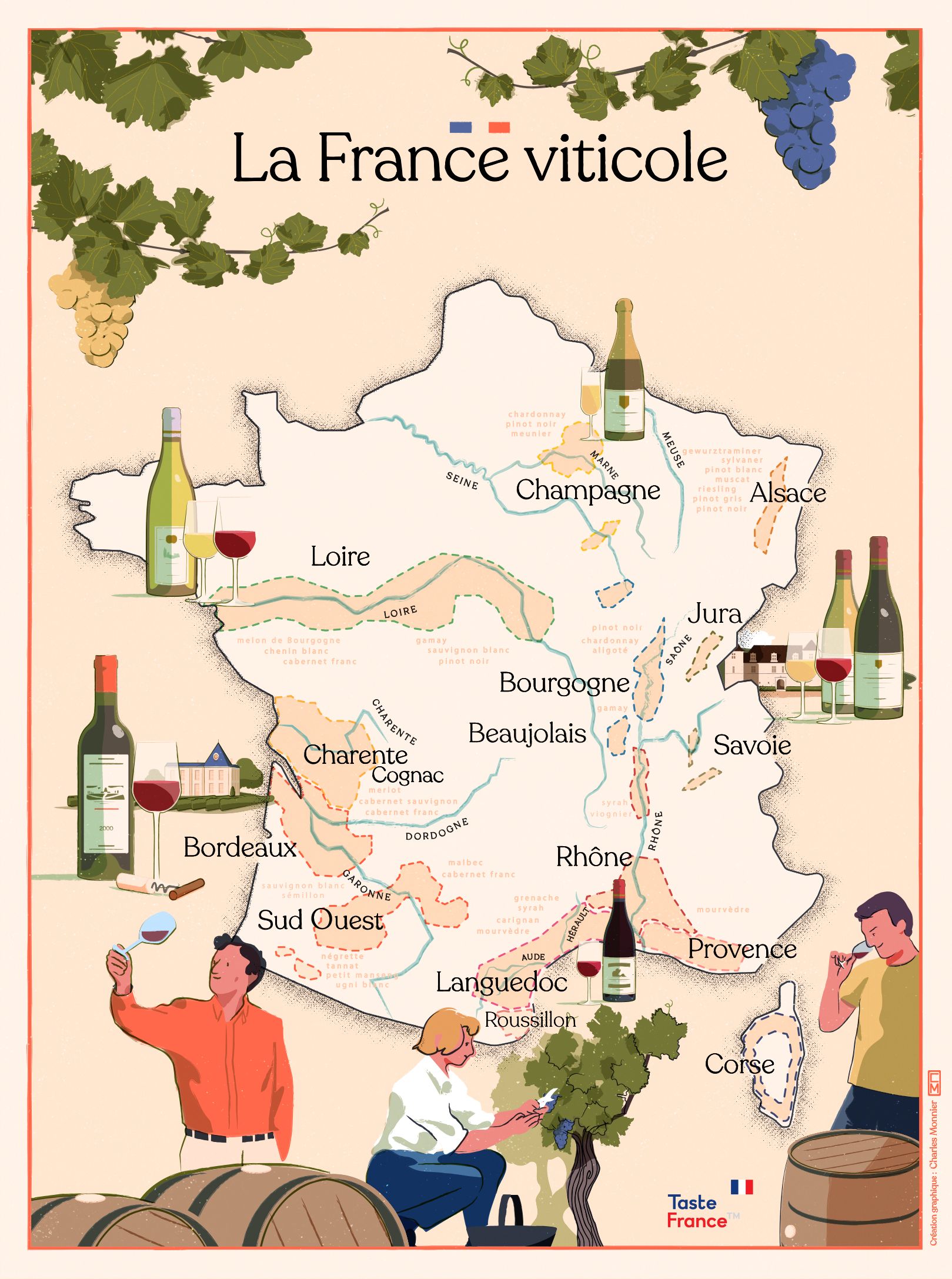
© Charles Monnier
The wines of the right bank and their exceptional terroirs
North of Bordeaux is the birthplace of the prestigious wines of the classified crus of Saint-Emilion, starring Château Ausone and Château Cheval Blanc. Or in the Pomerol appellation, the famous Pétrus.
The varied soils are mainly clayey, and also composed of limestone, sand or gravel. This temperate climate is fabulous for Merlot, the leading grape variety of the right bank. In Saint-Emilion and Pomerol, it is mainly used as a single-varietal or sometimes in blends with Cabernet Franc and Cabernet Sauvignon.
The dominance of Merlot brings a bouquet of black fruits such as blackcurrant, blackberry or red berries over cherry. This exceptional terroir is also fragranced with notes of violet and peony.
Wines from the right bank are supple, delicate, and balanced, and can be enjoyed more easily when young, unlike wines from the left bank.
The wines of the left bank and its famous châteaus
The châteaus are international stars in the south of the Bordeaux wine region, near the city of Bordeaux. Such as Château Margaux, Château Cos d’Estournel, Château Haut-Brion, Château Lafite-Rothschild and Mouton-Rothschild. The international renown of these three prestigious vineyards is also due to their great classifications. The official classification of Médoc wines in 1855, the classification of Graves wine in 1953 and the official classification of Sauternes in 1855.
And their terroir. Here, the soil is mostly composed of Graves. The climate is oceanic with warm summers and mild winters.
In red, the leading variety is Cabernet Sauvignon. World-renowned, it is known for its peppery aromas (red or green depending on its maturity). Its tannins and strength combine ideally (in Médoc and Graves) with Merlot which lends it suppleness. The blend of these two grape varieties, mainly with Cabernet Sauvignon, delivers wines for laying down that enhance with age.
In white, in Sauternes, where Château Yquem is located, Sémillon and Sauvignon Blanc are the main grape varieties of its great sweet white wines. The micro-climate of this terroir is favorable to the development of a fungus, botrytis, which creates these golden nectars.
So left bank or right bank? Strength or finesse? Or in-between, with the wines of Entre-Deux-Mers, a region renowned for its dry and mellow whites. One thing is certain. It is the diversity of these terroirs that also makes Bordeaux wines so unique and sought-after by connoisseurs the world over. Rosé, white or red in a slender bottle: the bordelaise. With this vineyard's sixty or so AOCs it forms a resolute part of a real ecological revolution thanks to its committed winegrowers.
Anne’s selection
100% Sauvignon, organic and vegan, which breaks the mold. Its notes of exotic fruit and white flowers over a beautiful round mouth feel will transport you to the resolutely modern wines of Bordeaux. Left bank? Right bank? Unclassifiable!
Château la Fleur de Boüard - Lalande de Pomerol - Cuvée "Fleur de Boüard"
With this nectar, in the Lalande de Pomerol appellation, we treat ourselves to a classic from the right bank. Its nose makes us quiver with cherry, blackberry and delicate notes of chocolate, as our palate delights at its suppleness and finesse.
> Interested to learn more about the secrets French wines? Check out our Beginner's Guide To French Wine!
Contributor

Wine journalist

